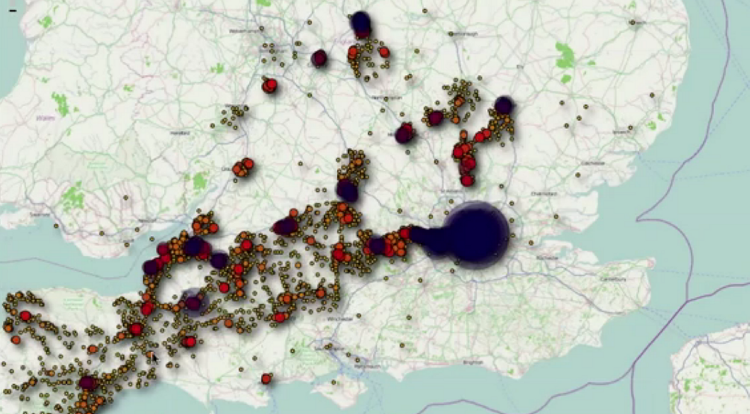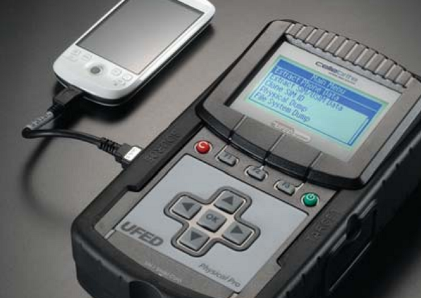
Click here to view this media
A new video was released today by the folks at Strengthen Social Security in order to highlight the brutal absurdity of today’s political debate about 'entitlement programs,' and specifically to address proposals that would raise the retirement age. These programs were supported by Democrats and Republicans for fifty years and are widely popular among voters across the political spectrum. Defending them should be the at the center of centrist thought. Instead it has fashionable in Washington for otherwise reasonable Democrats like Sen. Dick Durbin to push for cuts to these programs.
The retirement age is already scheduled to increase, and raising it even more is nothing less than cruel. That idea's part of the political trend toward 'austerity economics,' a resurgent downsize-government ideology that'sengendered a wave of enthusiastic - no, make that orgiastic prose - from well-fed pundits. Their display of almost snuff-movie-like excitement should have been predictable, but I found it shocking anyway.
The entire idea of raising the retirement age is based on the false premise that Social Security has a financial problem because we're living longer. The numbers say otherwise. And proposals like Simpson/Bowles would do other terrible things, too: shift more of the tax burden onto the middle class, lower taxes even further for the rich, disproportionately harm women and minorities, and impose drastic financial hardship on the elderly.
In other words, this entire debate is based on a radical right-wing agenda which poses as 'a good bipartisan starting point.' (For more, see '10 Reasons Why the (then) Deficit Commission Proposal Is Still Unconscionable and Unacceptable.')
Anyone who disagrees with the new draconian agenda is called “impractical,” even though Reagan’s chief Social Security actuary supports our conclusions, as do many (if not most) economists. And anyone who supports the pro-entitlement agenda support by Americans of all political persuasions is called 'extreme,' while anyone who gets heated when discussing the suffering and loss of life these plans would create is called “uncivil.” Washington's treatment of these policies resembles the Polynesian practice of tabu, so any mention of their real-world implications is a gross violation of propriety (if not downright sacrilegious).
(For more on the selling of this extreme agenda, check out the 20-year old, top secret PowerPoint presentation on selling right-wing radicalism that I discovered recently. It's eye-opening, shocking, and completely made up.)
This video takes a “Twilight Zone”/”alternate reality” tack, which suits me just fine. We've used that approach plenty of times ourselves over the years. (Here's the latest.) With that in mind, we'll adopt our best Rod Serling voice:
Submitted for your consideration … The Ryan budget proposal is called “serious” by the likes of Ezra and others, yet Ryan voted to preserve a tax break for hedge fund billionaires that allows them to be taxed at 15% of income while the rest of us pay much higher rates. That will never people from writing sentences like this one from Ezra: 'I like Ryan personally, and appreciate his policy-oriented approach to politics.'
Submitted for your consideration …The top 25 hedge fund billionaires made $22 billion last year. If they had been taxed under the same rules that are used for cops, firefighters, nurses, teachers … for anyone who actually helps society, for that matter … the government would have received $4 billion in revenue last year.
Submitted for your consideration …That revenue would have been enough to write a check for $1,400 to everyone that turned 65 last year - all 2,858,000 of them.
Submitted for your consideration …Or that revenue could have paid the entire Social Security retirement benefit for more than three hundred thousand people – more than four hundred thousand, if they were women.
Submitted for your consideration …And that's just by establishing tax fairness for 25 people. Imagine what a return to Reagan-era tax levels would do. Back then, the top marginal rate was 50%. It's 35% now (except for those hedge fund managers, who pay 15%), and both the Simpson/Bowles recommendations and Ryan's 'policy-oriented approach' would lower it even more. While, of course, cutting Social Security and Medicare ...
Of course, nobody’s proposing to pay anybody’s retirement benefits out of general taxation – just lift the payroll tax cap so that the wealthy contribute more. Is that unfair? Not if you consider this: The changes made to Social Security under Reagan would have kept it solvent forever, if not for the fact that the extremely wealthy have captured more of our national income than even Alan Greenspan expected. Lifting the cap just redresses that wrong.
Submitted for your consideration …These unpopular cuts to Medicare and Social Security wouldn’t even be possible politically unless Democrats like Dick Durbin were accquiesing, and unless Democrats like Barack Obama weren’t refusing – at least so far - to offer unequivocal opposition. When Obama makes a Harry Reid statement about Social Security, we’ll be fine. Until then I'll worry.
If I have any complaint about the video, it’s that it’s too lighthearted. The reality behind raising the retirement age is a brutal one. (They'll undoubtedly try to mask the cruelty by creating a 'hardship exemption' that will fail to protect workers. We've explained why that won't work.) And the same people pushing this 'solution' want to cap Medicare benefits. If that happens, people will die. That’s not funny at all.
Submitted for your consideration …The new consensus that's being so warmly embraced by Dick Durbin and others will increase the death rate among elderly Americans, and force millions to continue working despite the brutality of the effort.
And nobody’s outraged. Nobody at all. But then, why am I surprised? Outrage isn’t civil.







 Now, this sounds bad from a privacy viewpoint. For example, authorities could gain a court order to do a
Now, this sounds bad from a privacy viewpoint. For example, authorities could gain a court order to do a 

 The 2014 World Cup is going to be in Brazil, and preparations are already underway. Security is going to be tight at this event, and I have heard that the police will have something to protect the innocent like Robocop.
The 2014 World Cup is going to be in Brazil, and preparations are already underway. Security is going to be tight at this event, and I have heard that the police will have something to protect the innocent like Robocop. 









